四六级作文最后冲刺―绝(一)思维导图

一、文章开头句型 1-1 对立法 : 先引出其他人的不同看法,然后提出自己的看法或者偏向于某一看法, 适用于有争议性的主题. 例如(e.g): [1]. When asked about....., the vast/overwhelming majority of people say that
树图思维导图提供 四六级作文最后冲刺―绝(一) 在线思维导图免费制作,点击“编辑”按钮,可对 四六级作文最后冲刺―绝(一) 进行在线思维导图编辑,本思维导图属于思维导图模板主题,文件编号是:ca23b5652a79dd2c4dc15efda1e4ee6e
思维导图大纲
四六级作文最后冲刺―绝(一)思维导图模板大纲
一、文章开头句型
1-1对立法:先引出其他人的不同看法,然后提出自己的看法或者偏向于某一看法,适用于有争议性的主题.
例如(e.g):
[1].Whenaskedabout.....,thevast/overwhelmingmajorityofpeoplesaythat.......ButIthink/viewabitdifferently.
[2].Whenitcomesto....,somepeoplebelievethat.......Othersargue/claimthattheopposite/reverseistrue.Thereisprobablysometruthinbotharguments/statements,but(Itendtotheprofer/latter...)
[3].Now,itiscommonly/generally/widelybelieved/held/acknowledgedthat....Theyclaim/believe/arguethat...ButIwonder/doubtwhether.....
1-2现象法引出要剖析的现象或者问题,然后评论.
e.g
[1].Recentlytheriseinproblemof/(phenomenonof)...hascause/arousedpublic/popular/wide/worldwideconcern.
[2].Recentlytheissueoftheproblemof/thephenomenonof...hasbeenbroughtintofocus.(hasbeenbraughttopublicattention)
[3].Inflation/Corruption/Socialinequality...isyetanotherofthenewandbittertruthwehavetolearntofacenow/constantly.
1-3观点法----开门见山,直接了当地提出自己对要讨论的问题的看法.
e.g:
[1].Neverhistoryhasthechangeof..beenasevidentas...Nowhereintheworld/Chinahastheissue/ideaof..beenmorevisible/popularthan...
[2].Nowpeopleingrowing/significantnumbersarebeginning/comingtorealize/accept/(beaware)that...
[3].Nowthereisagrowingawareness/recognitionofthenecessityto......Nowpeoplebecomeincreasinglyaware/consciousoftheimportanceof......
[4].Perhapsitistimetohaveafreshlookattheattitude/ideathat.......
1-4引用法-----先引出名人名言或者有代表性的看法,来引出文章要展开论述的观点!
e.g:
[1]."Knowledgeispower."suchistheremarkmadebyBacon.Thisremarkhasbeensharedbymoreandmorepeople.
"Educationisnotcompletewithgraduation."SuchistheopinionofagreatAmericanphilosopher.Nowmoreandmorepeoplesharehisopinion.
[2]."........."Howoftenwehearsuchstatements/wordsliketheses/this.Inourowndaysweareusedtohearingsuchtraditionalcomplainsasthis"......".
1-5比较法------通过对过去,现在两种不同的倾向,观点的比较,引出文章要讨论的观点.
e.g:
[1].Foryears,...hadbeenviewedas...Butpeoplearetakingafreshlooknow.Withthegrowing...,people........
[2].Peopleusedtothinkthat...(Inthepast,....)Butpeoplenowsharethisnew.
1-6故事法----先讲一个较短的故事来引发读者的兴趣,引出文章的主题.
e.g:
[1].Oncein(anewspaper),Ireadof/learnt....Thephenomenonof...hasarousedpublicconcern.
[2].Ihaveafriendwho...Shouldhe....?Suchadilemmaweareoftenconfrontwithinourdailylife.
[3].Onceuponatime,therelivedamanwho...Thisstorymaybe(unbelievable),butitstillhasarealisticsignificancenow.
1-7问题法-----先用讨论或解答的设问,引出自己观点,适用于有争议性的话题.
e.g:
Should/What......?Optionsof...varygreatly,some...,others...Butinmyopinion,.......
二、文章中间主体内容句型
<一>原因结果分析
2-1-1.基本原因---分析某事物时,用此句型说明其基本的或者多方面的原因.
e.g:
[1].Why...?Foronething..Foranother...
[2].Theanswertothisprobleminvolvesmanyfactors.Foronething...Foranother......Stillanother...
[3].Anumberoffactors,bothphysicalandpsychologicalaffect..../bothindividualandsocialcontributeto....
2-1-2另一原因-------->在分析了基本原因之后,再补充一个次要的或者更重要时用!
e.g:
[1].Anotherimportantfactoris....
[2]....isalsoresponsibleforthechange/problem.
[3].Certainly,the...isnotthesolereasonfor.....
2-1-3后果影响---------分析某事物可能造成的后果或者带来的影响.
e.g:
[1].Itwillproduceaprofound/far-reachingeffect/impacton....
[2].Ininvolvessomeseriousconsequencefor........
<二>比较对照句型
2-2-1.两者比较--->比较两事物,要说出其一超过另一个,或肯定一事物的优点,也肯定其缺点的时候用!
e.g:
[1].TheadvantagesgainedfromAaremuchgreaterthantheadvantageswegainfromB.
[2].Indeed,AcarriesmuchweightwhencomparedwithB.
[3].Thereisnodoubtthatithasitsnegativeeffectsaswellaspositiveeffects.
2-2-2.两者相同/相似------>比较两事物共同都有或者共同都没有的特点时用!
e.g:
[1].AandBhaveseveralthingsincommon.Theyaresimilarinthat.....
[2].AbearssomestrikingresemblancestoB.
三、文章结尾形式
3-1结论性---------通过对文章前面的讨论,引出或重申文章的中心思想及观点.
e.g:
[1].Fromwhathasbeendiscussedabove,wemaysafelydrawtheconclusionthat.....
[2].Insummary/Inaword,itismorevaluable.......
3-2后果性------揭示所讨论的问题若不解决,将产生的严重后果.
e.g:
[1].Wemustcallforanimmediatemethod,becausethecurrentphenomenonof...,ifallowedtoproceed,willsurelyleadtotheheavycostof.......
[2].Obviously,ifweignore/areblindtotheproblem,thereiseverychancethat..willbeputindanger.
3-3号召性--------呼吁读者行动起来,采取行动或提请注意.
e.g:
[1].Itistimethatweurgedanimmediateendtotheundesirabletendencyof......
[2].Itisessentialthateffectivemeasuresshouldbetakentocorrectthetendency.
3-4建议性--------对所讨论的问题提出建议性的意见,包括建议和具体的解决问题的方法.
e.g:
[1].Whileitcannotbesolvedimmediately,stillthereareways.Themostpopularis....Anothermethodis...Stillanotheroneis.....
[2].Awareness/Recognitionoftheproblemisthefirststeptowardthesituation.
3-5方向性的结尾方式----其与建议性的唯一差别就是对问题解决提出总的,大体的方向或者指明前景.
e.g:
[1].Manysolutionsarebeingofferedhere,allofthemmakesomesense,butnoneisadequateenough.Theproblemshouldberecognizedinawideway.
[2].Thereisnoquickmethodtotheissueof..,but..mightbehelpful/beneficial.
[3].Thegreatchallengetodayis......Thereismuchdifficulty,but........
3--6意义性的结尾方式-------->文章结尾的时候,从更高的更新的角度指出所讨论的问题的重要性以及其深远的意义!
e.g:
[1].Followingthesesuggestionsmaynotguaranteethesuccess,butthepayoffmightbeworththeeffort.Itwillnotonlybenefitbutalsobenefit.....
[2].Inanycase,whetheritispositiveornegative,onethingiscertainthatitwillundoubtedly......

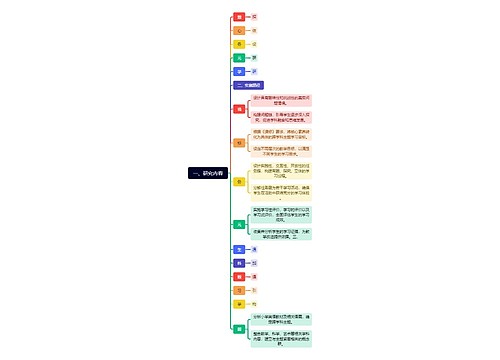



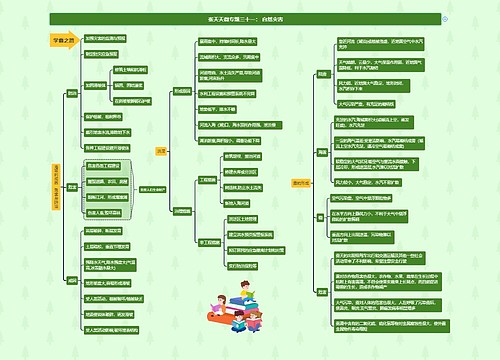
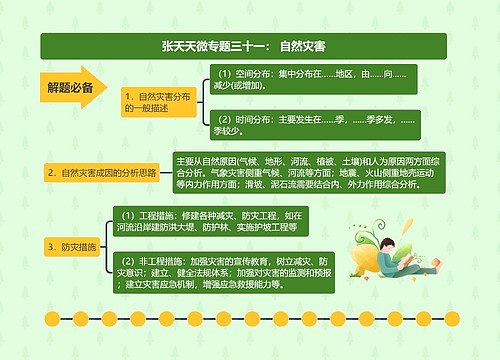
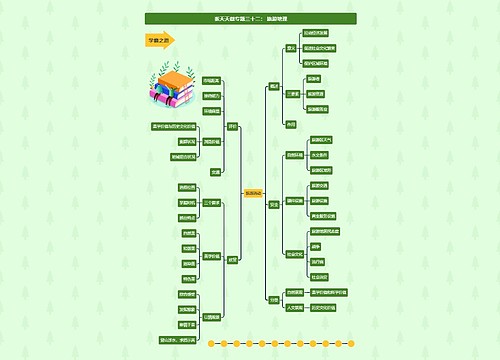
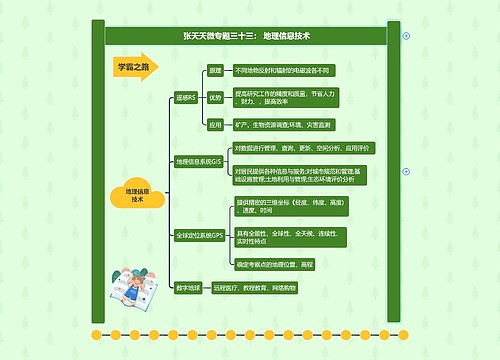
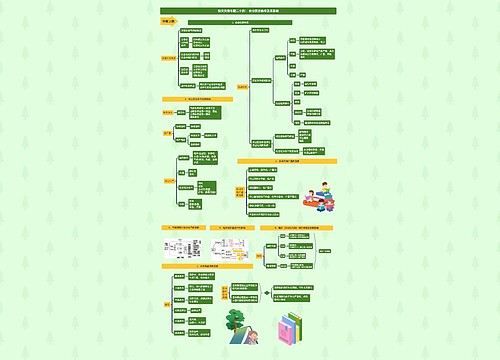

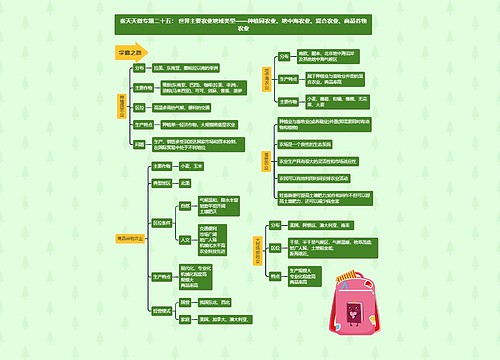
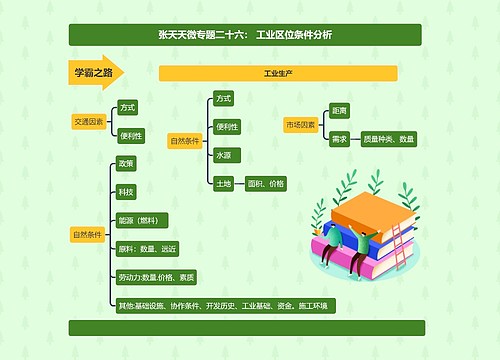
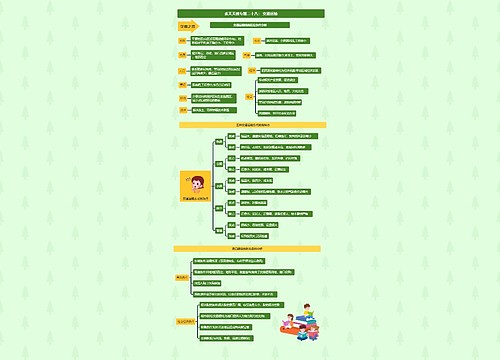

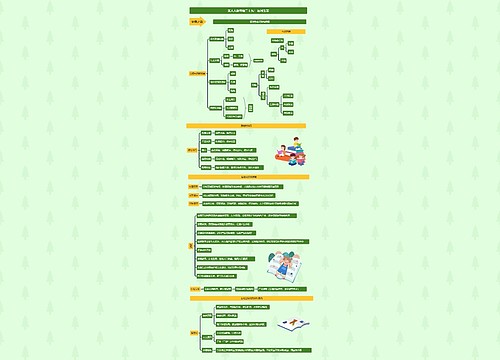
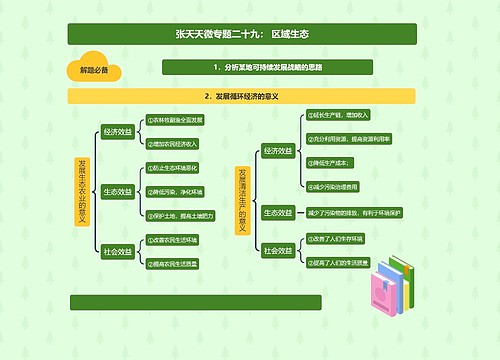
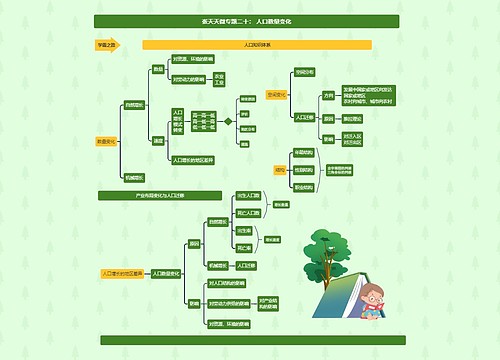
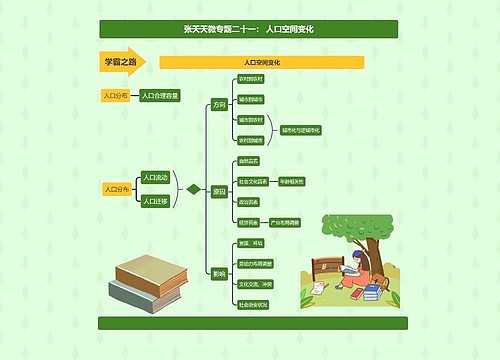




 上海工商
上海工商